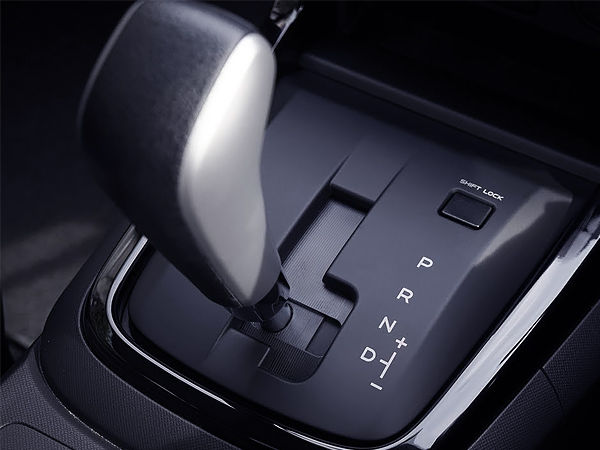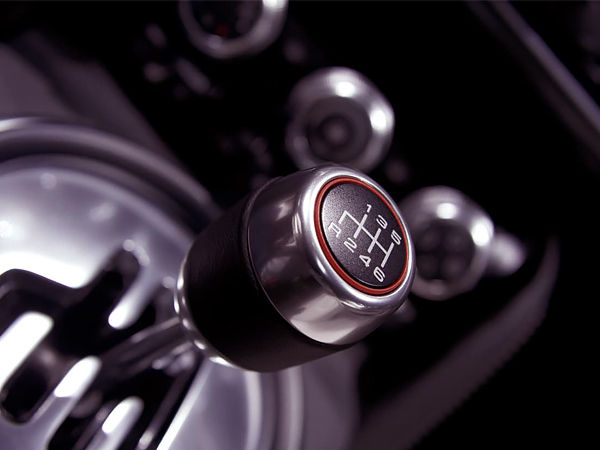Even if you’re not a car enthusiast, you’ve probably heard of Automatic Car vs Manual Car. While they appear to be two variants of the same vehicle, the distinctions between the two are a little more complex. Because each transmission operates differently, it has its advantages and disadvantages.
Automatic automobiles were once fairly rare in India, with just a few automakers producing auto variations of certain models in their inventory. Today, however, things are rapidly changing, with most automakers already providing automatic gearbox options on even their entry-level vehicles. One explanation for this is the increased desire for such cars due to increasing traffic and extended commute times.
However, like with everything, individuals take time to get used to driving an automatic automobile and frequently ponder if they should choose one over a normal model with a manual transmission. We’ve put up a full Automatic Car vs Manual Car comparison in this post to help you make a better decision.
For example, which one gets greater gas mileage? Is one of them faster than the other? What about the price and resale value?
We explain the differences between the two, so you can determine if an automatic transmission and manual transmission is right for you. But first, let’s go through the fundamentals.
Automatic transmissions
Automatic gearboxes have outperformed their earlier manual counterparts for the past few years. Nonetheless, automatic gearboxes are not always the preferable option for many drivers despite their apparent ubiquity. They do, however, have numerous advantages over manual gearboxes.

Pros of Automatic Transmission
Easier to operate – Although shifting gears and operating a clutch are not intrinsically difficult, it takes some experience before most drivers are comfortable learning to use each of their limbs separately to handle a manual transmission car.
On the other hand, automatic transmissions are considerably easier and take much less time to master.
Less physically demanding – Most novice drivers are taught that the safest way to drive is to have both hands firmly on the steering wheel.
This is achievable when driving an automatic transmission car but not when driving a manual transmission vehicle.
Better for hilly locations – If you’re a less experienced driver, you may find it harder to navigate steep inclines in a manual gearbox, especially if you’re starting from a dead stop.
Automatic gearboxes address this issue, allowing your vehicle to function effectively regardless of how steep the incline is.
Stall danger is greatly decreased – There are few more uncomfortable and awkward things than stalling your car exactly when the traffic signal turns.
This is not typical for folks who drive an automatic gearbox, as stalling will only occur if the car has a technical problem.
Easier to use in congested traffic – Manual transmissions need more effort to start, accelerate, decelerate, and stop.
This isn’t generally an issue, but drivers may realize that frequent starting and stopping becomes tedious work in congested areas where a car can’t get up to speed. Automatic gearboxes allow the driver to travel through congested traffic by pressing only one pedal.
Cons of Automatic Transmission
Automatic transmissions are more expensive to repair than manual gearboxes.
Because they have so many moving components, they generally take longer for mechanics to fix, eventually costing the driver more money.
Not qualified to learn manual — You must pass a manual license exam before lawfully driving a manual automobile in several Australian jurisdictions.
Also Read, DCT vs CVT vs AMT | Which is the best Automatic Transmission?
Manual transmissions
For drivers who wish to be more involved in the inner workings of their car, the manual gearbox returns the engine gear shifting to the pilot. Manual gearboxes precede the newer automatic ones, yet many drivers still prefer them because they are… Less costly to buy — If you’re on a tight budget, there’s no contest between the manual and the automatic. A manual gearbox will typically cost around a thousand dollars less than an automated transmission of the same vehicle.

Pros of Manual Transmission
Less expensive to repair – Because of all of the extra gear that goes into an automatic transmission, it might cost you a lot of money simply to keep it working correctly.
Manual transmission automobiles require extremely less upkeep, and maintenance and repairs are often far less expensive. However, be warned: one thing that a manual has that an automatic does not is a clutch, and if that thing falls on you, you might be in big danger.
Better fuel efficiency – In general, manual transmission engines are less complicated, lighter, and have more gears than automatic transmission engines.
Consequently, you’ll get more kilometers out of each gallon of gasoline than you would with an automatic. Manual transmissions have been shown to save drivers between 5% and 15% on fuel expenses.
Less likely to be stolen – With a rising number of automatic transmissions on the road, an entire generation has never mastered the nuances of manual gearbox operation.
This implies that if a vehicle thief decides to check your automobile more closely in preparation for stealing it, the fact that it has a manual gearbox is likely to dissuade the criminal.

Improved control — Automatic gearboxes are supposed to choose the ideal gear for each scenario, but they frequently overshoot, changing to too high a gear and losing engine power.
At the same time, they are designed to adjust to situations as they arise, making it impossible for drivers to either forecast an impending scenario or purposefully pick a lower gear for an increased boost of power. Drivers have more control over their vehicles while using manual gearboxes.
Cons of Manual Transmission
Tougher to learn – The learning manual might take longer because you must change the gears yourself.
Driving in heavy traffic — Driving in heavy traffic can be challenging owing to continual stopping/starting and manual gear changes.
Automatic transmissions are often easier to use and more pleasant for the driver, whereas manual transmission cars are less costly and more involved.
Which is a preferable, Automatic Car vs Manual Car?
It all boils down to personal choice when selecting which transmission is superior. Do you desire the ease and comfort of an automatic? Or the pricing and management of a manual?
Suppose gas mileage is an important aspect of your next car purchase. In that case, you may want to consider an electric vehicle, the majority of which have automatic gearboxes.

Of course, there are exceptions to every rule, and the only way to know which one is suitable for you is to take one for a spin. After all, you may need to go from point A to point B, but how you get there is entirely up to you!
Finally, whether you should buy a manual gearbox or an automatic transmission automobile is a decision that must be made depending on your driving conditions. We are confident that the preceding guidance will assist you in making better decisions. Suppose you want a lower sticker price, easier maintenance, and a more engaging driving experience. In that case, a manual gearbox automobile makes more sense. On the other hand, an automatic gearbox automobile is always easier to handle in heavy traffic and significantly minimizes driver fatigue.
Furthermore, new-age dual-clutch gearboxes accelerate a car faster than manual equivalents, so you know which one to choose between a manual and a DCT automatic alternative if you’re seeking all-out performance. Finally, automated vehicles provide a more comfortable ride.

